San Marino is also participating in the 59th Venice Biennale and is doing so with its own national pavilion, set up in the Renaissance spaces of Palazzo Donà dalle Rose (Fondamenta Nove, Cannaregio 5038, Venice). San Marino’s national participation in the Biennale Arte 2022 was strongly desired by the Secretariat of State for Education and Culture, University and Scientific Research, and Youth Policies of the Republic of San Marino, in the person of Secretary of State Andrea Belluzzi, supported by Commissioner Riccardo Varini, curator Vincenzo Rotondo, and FR Istituto d’Arte Contemporanea in collaboration with Cris Contini Contemporary for the organization. The San Marino Pavilion exhibition is titled Posthuman Metamorphic, and alludes to man’s natural tension toward the future, between possible transformations and new forms of existence and coexistence. Eight artists were invited: Elisa Cantarelli, Nicoletta Ceccoli, Endless, Michelangelo Galliani, Rosa Mundi, Roberto Paci Dalò, Anne-Cécile Surga, and Michele Tombolini. The selection was made by a scientific committee composed of Alessandro Bianchini, Roberto Felicetti, Cristian Contini, Fulvio Granocchia, Pasquale Lettieri, James Putnam, Riccardo Varini, and Angela Vettese.
The opening night was attended by Authorities and representatives of Institutions, as well as well-known figures from the worlds of art, culture, fashion, business, entertainment and sports. The languages of art and fashion gave shape to unique performances thanks to the collaboration between Elisabetta Franchi and the artists featured in the Pavilion. The event concluded with a strongly attended charity auction, the proceeds of which will be donated to Unicef to support projects related to the humanitarian emergency in Ukraine. A sign of attention to the international situation is also offered by the screening at Palazzo Donà dalle Rose of a video taken from the reparing project, created by a team of Russian, Ukrainian and Armenian artists (Olga Kisseleva, Taisiya Polishchuk, Catherine Braslawski, Tatiana Drozd, Victoria Ananyan), with the support of the Alexandr Savchuk Foundation of Mariupol and the participation of dancers from the Ballet of Monte-Carlo, to suggest a different, resolutely peaceful approach that protects, supports, embraces, nurtures, uplifts and unites.
More information regarding San Marino’s national participation in the Biennale Arte 2022 is available at www.biennaleveneziasanmarino.com, on the Facebook page @biennaleveneziasanmarino, and on the Instagram account @biennalevenezia_sanmarino. Official hashtags: #biennaleveneziasanmarino - #posthumanometamorphic.
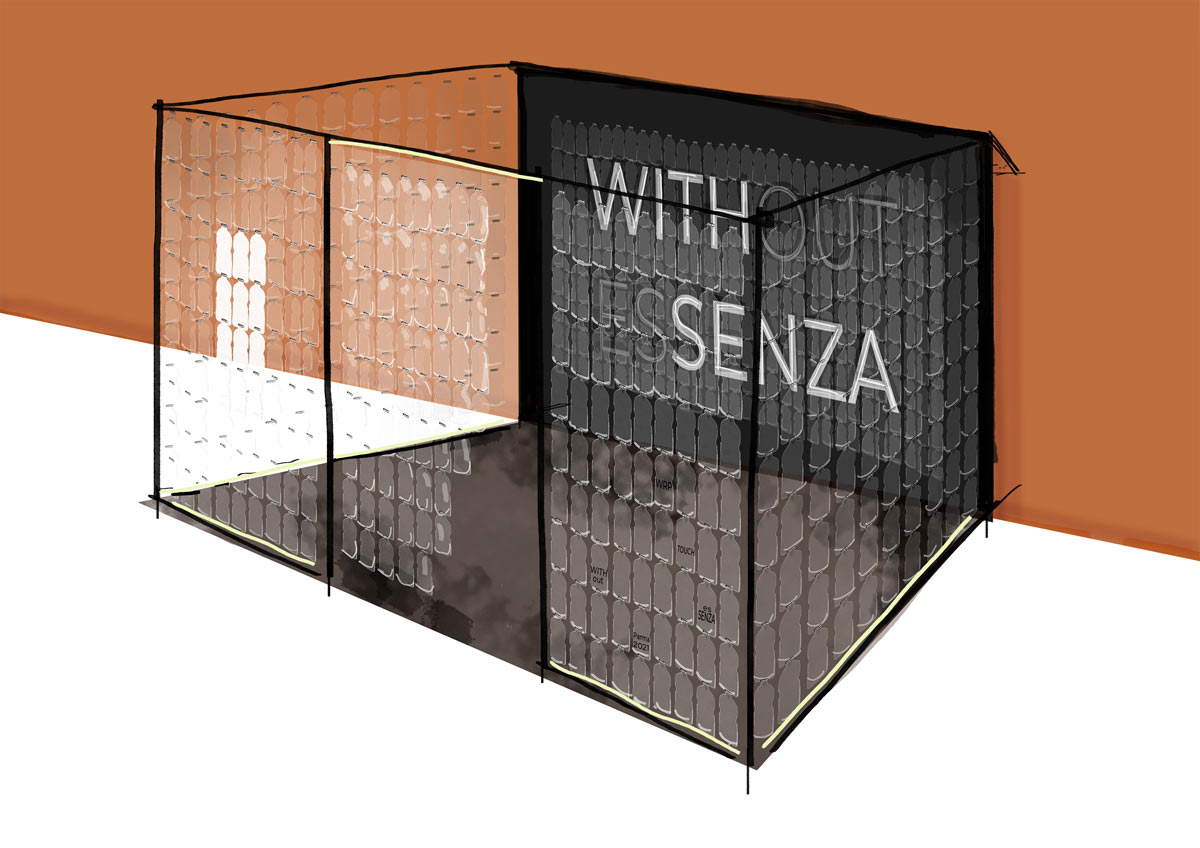
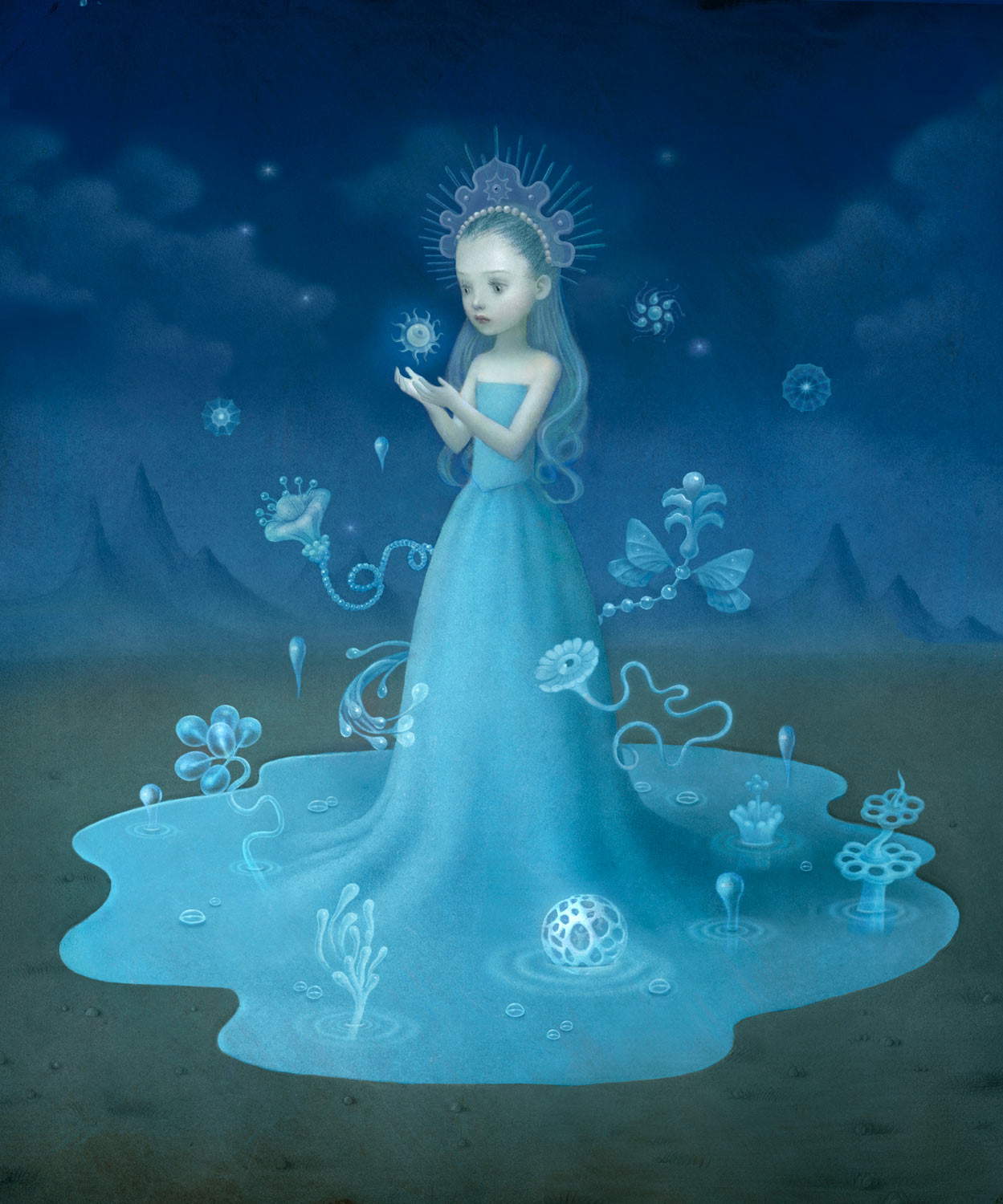
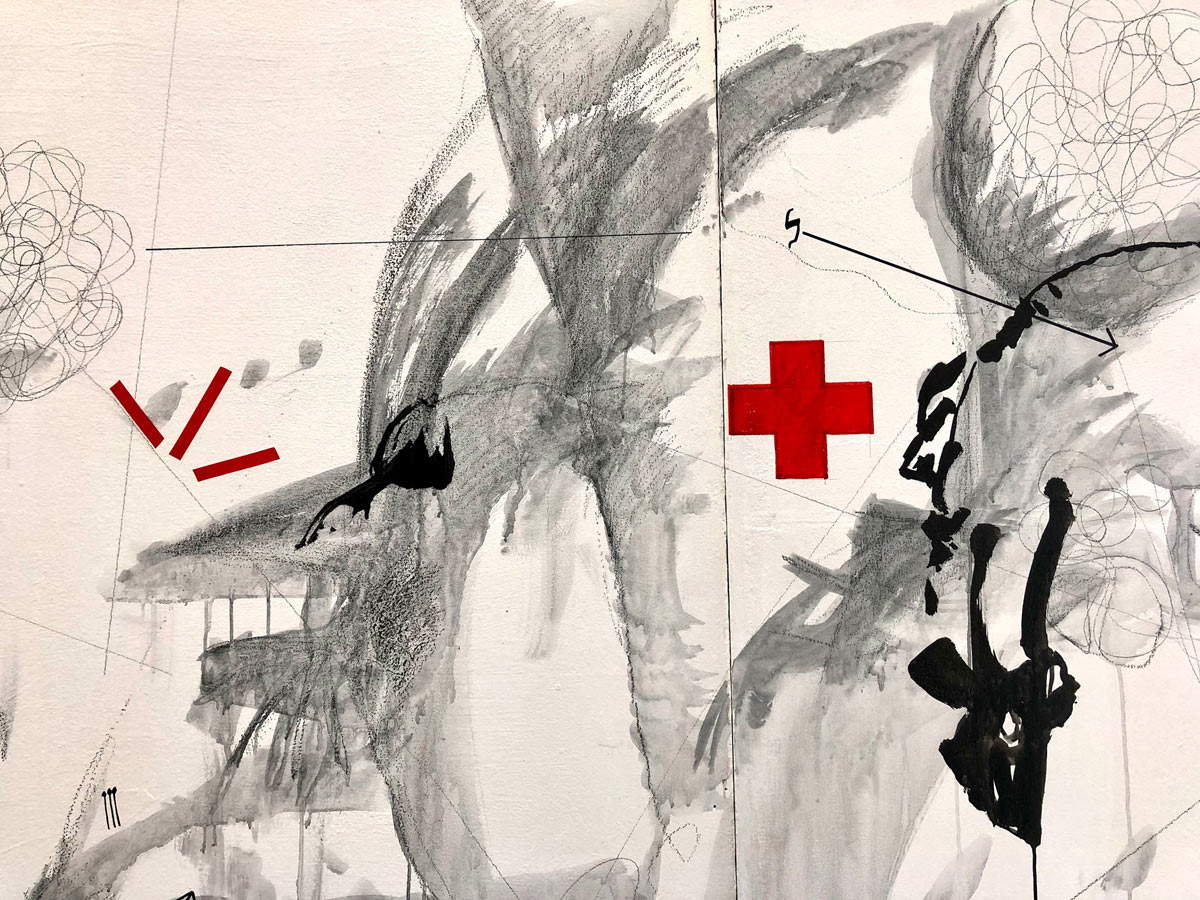
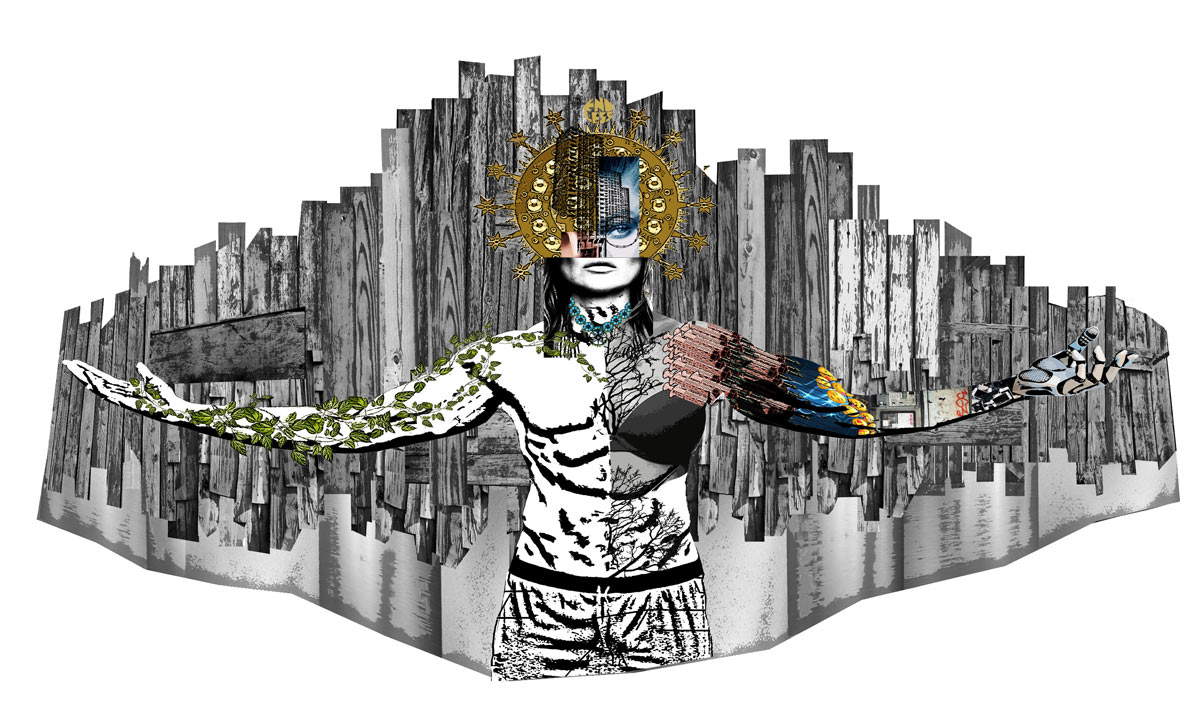 Endless
Endless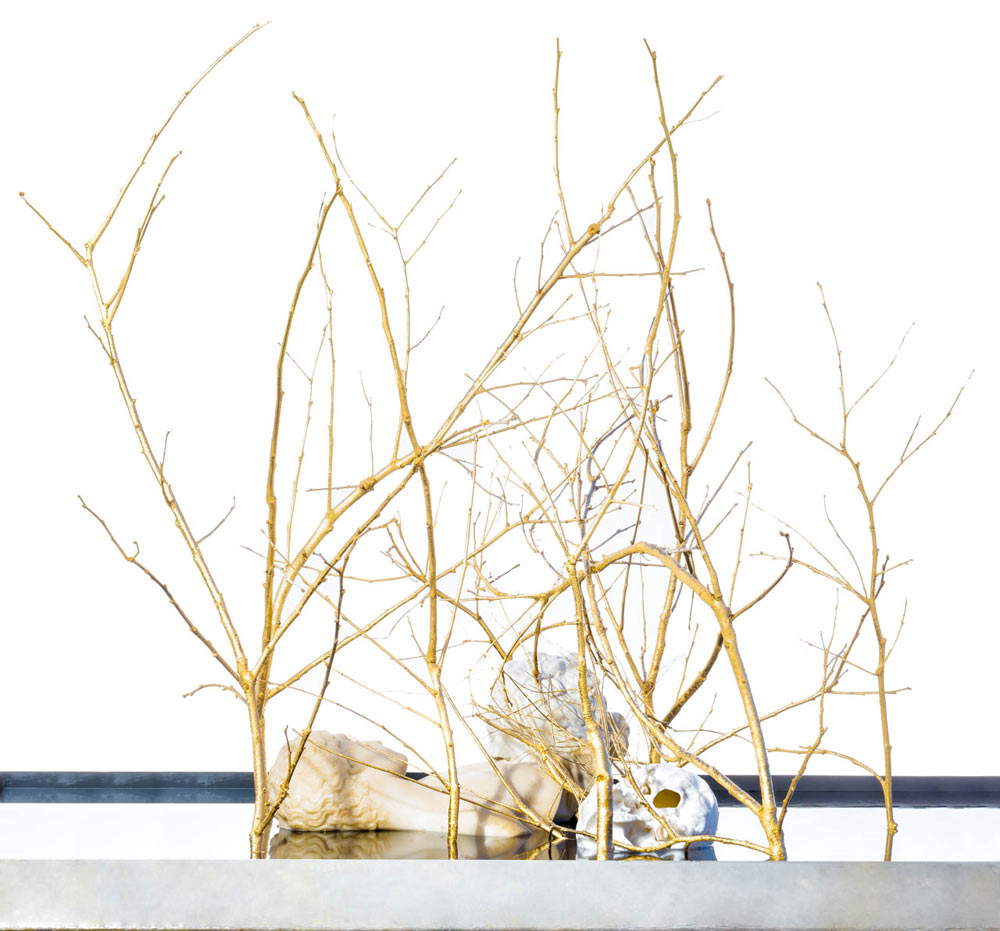
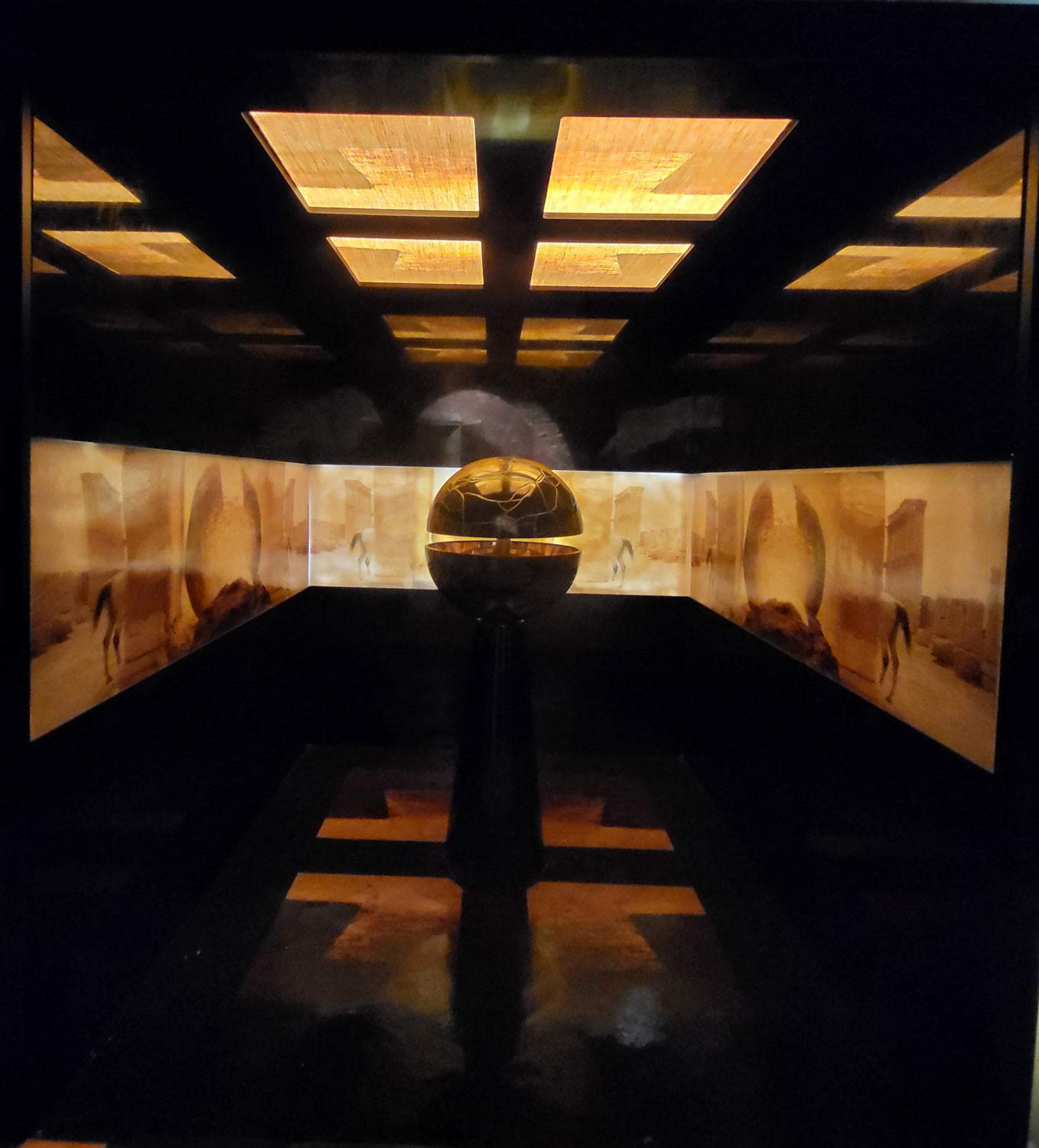
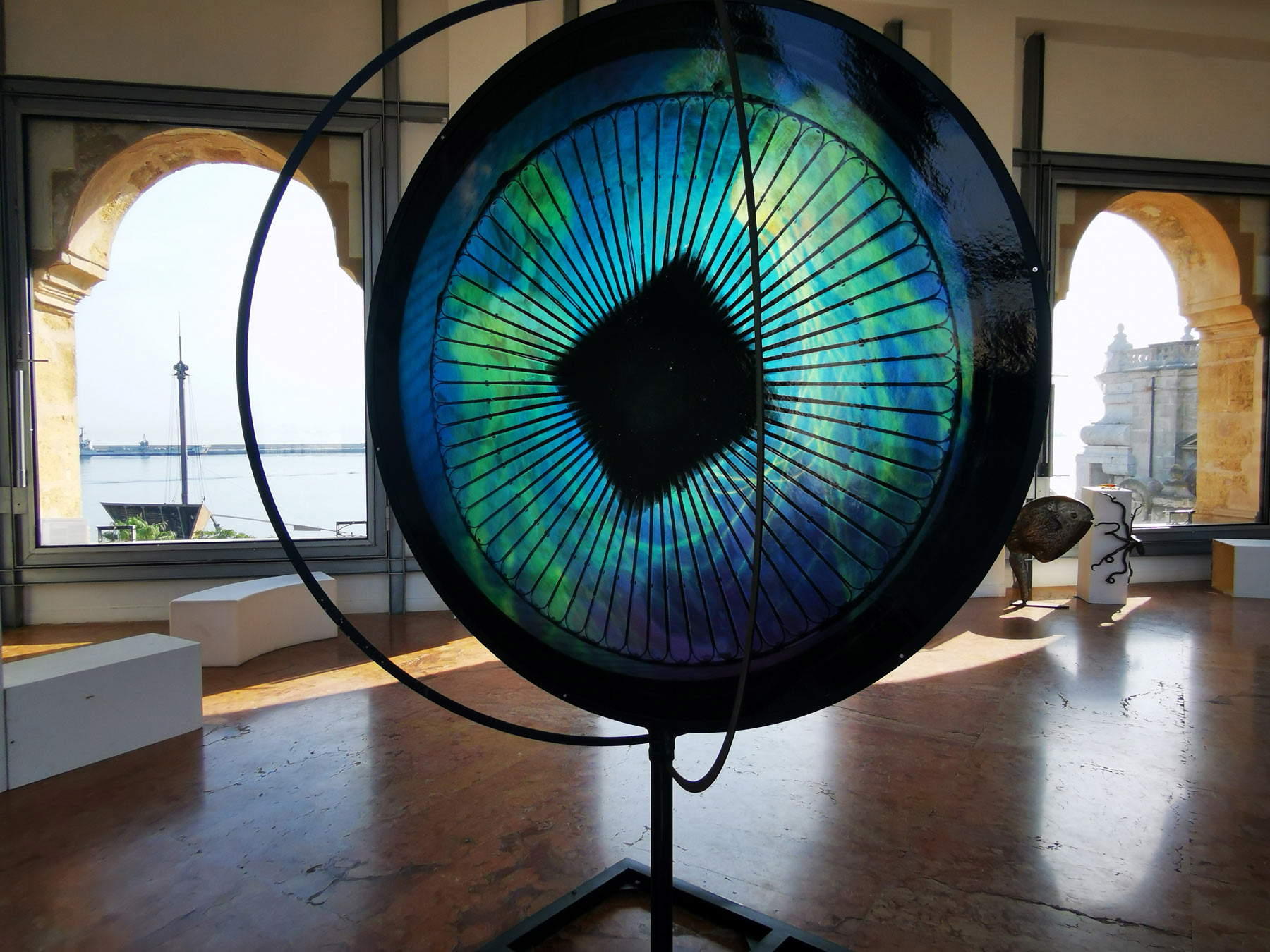
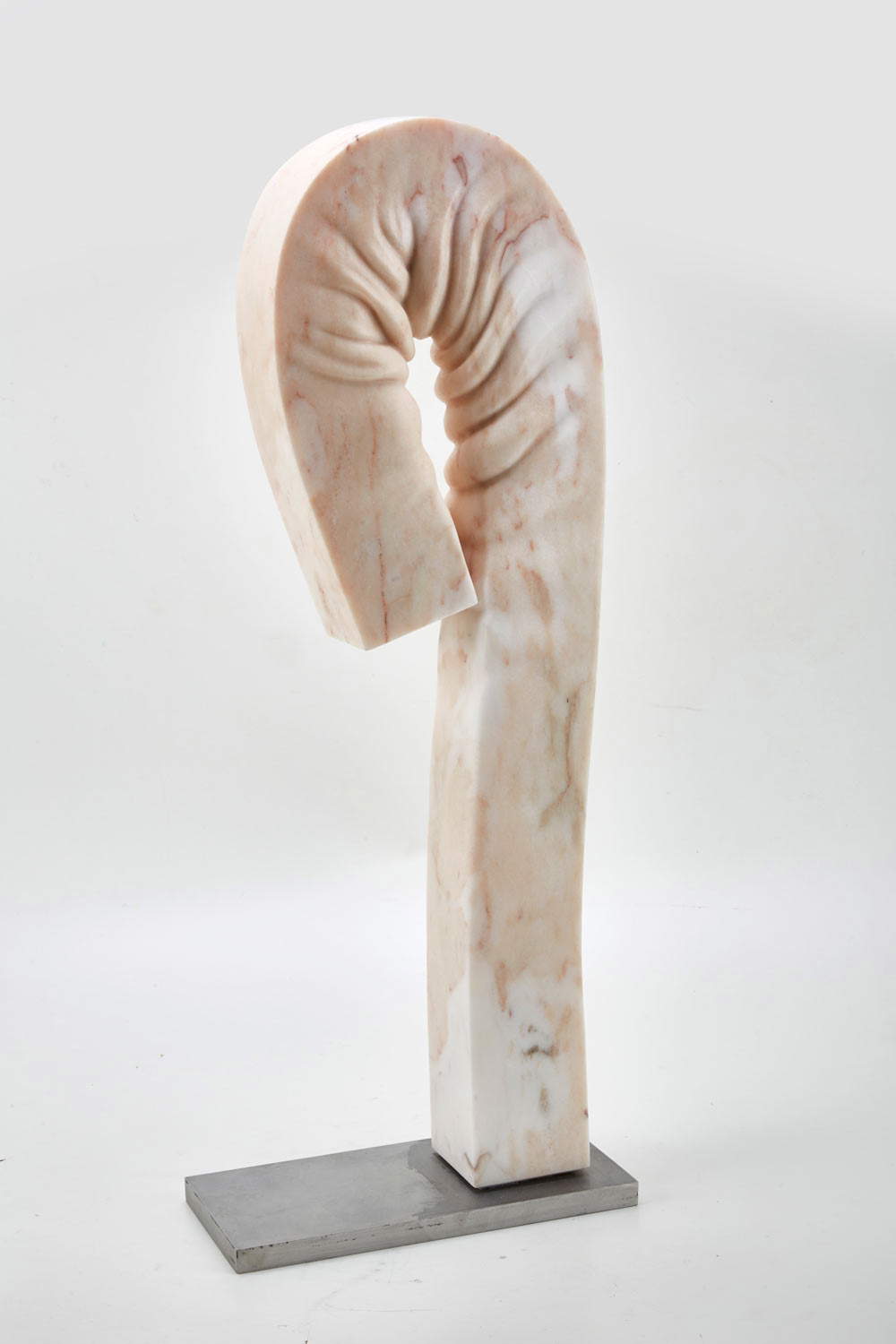
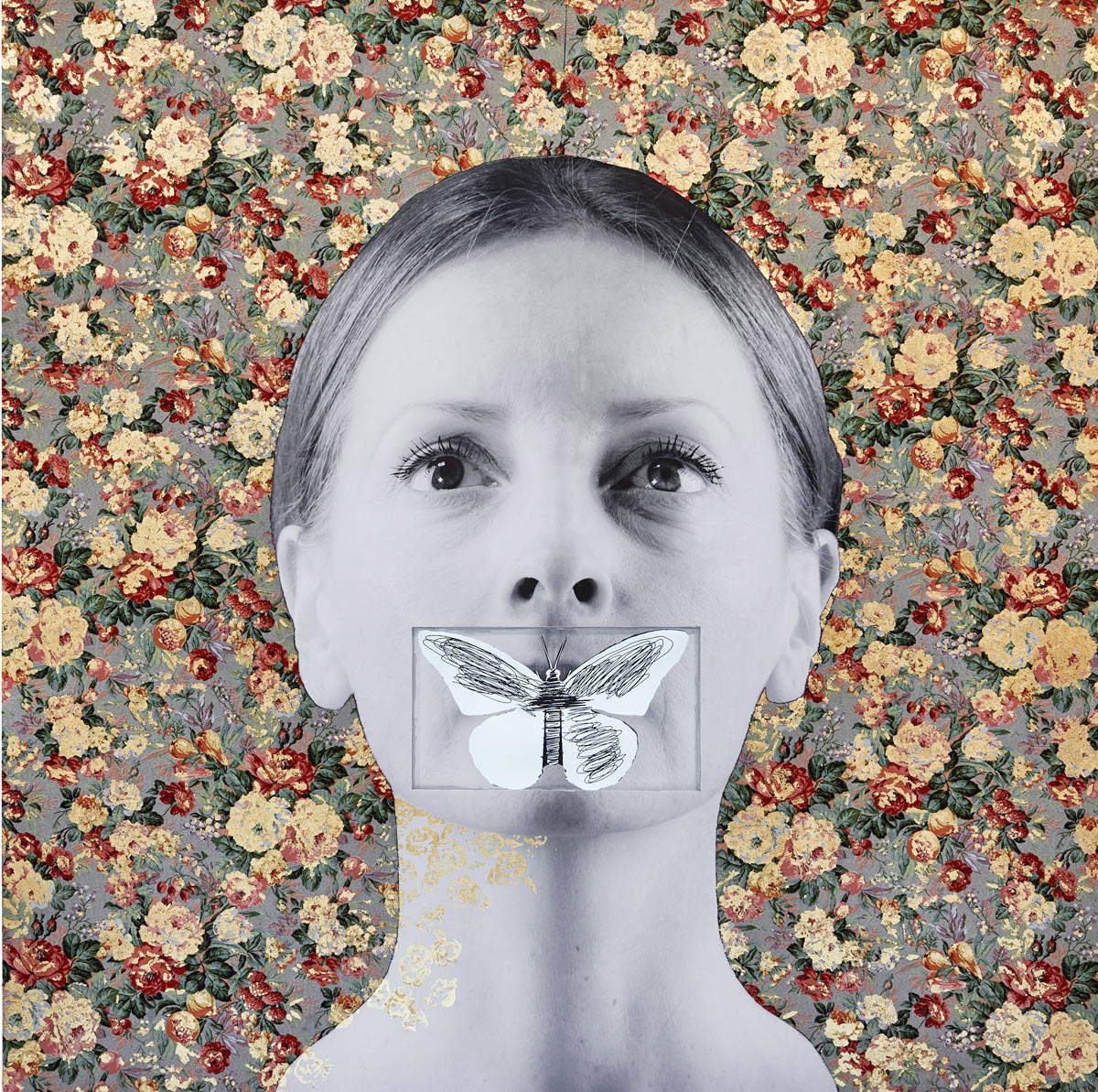
Posthumanism and Transhumanism are two mainstays of modern philosophy. Posthumanism has been talked about for a very long time, at least since the 1980s, and today there are posthuman art forms, the same ones that inform the international exhibition of this edition of the Venice Biennale. Transhumanism, on the other hand, is more recent. “Right now,” the curator of the pavilion, Vincenzo Rotondo (FR Istituto d’Arte Contemporanea), explains to Finestre sull’Arte, “we are at a crossroads, and as the national pavilion of San Marino we are leaning on the side of Posthumanism, we feel very posthuman, because we prefer to consider the human being perfectly integrated with the macrocosm that surrounds him, in a vision that is certainly different from what we conceive of as ’humanity,’ but in total respect for the environment that hosts us. Transhumanism, on the other hand, we see it as a drift of man who thinks he is enough for himself.”
“With our artistic journey,” Rotondo continues, “we wanted to represent a Metamorphic Posthuman. Metamorphosis is part of the human being, who tends to evolution, tends to change, to bring of himself some things while there are others that he feels like changing. Just think of the concept of immortality, for example, to which we have always leaned, or the possibility of not having diseases. Transhumanism has explained these aspects but moving man away from his animality. We still see man as body, mind and spirit therefore as soul. We stand in this contrast. We wanted to send a positive message. The artists worked with care, will and desire for this. See the work of Endless where a man embraces the four cardinal points, it is about transformative man, a bit machine but also connected to nature, integrated into society, which is a consumerist society, and should be taken into consideration. Anne-Cécile Surga presents a metamorphosis of the body, through matter, in an evolutionary vision. Same said for the works of Michele Tombolini and Michelangelo Galliani, who with his imperfect garden takes up some important historical themes, in a positive function. Part of the world we know tends to die, while another world is born. The conception of life will be different but still interesting and integrated in this wonderful bubble that is the planet.”
“We have found in the collaboration with Cris Contini Contemporary multifaceted artists who come from other nations, along with two very important Sanmarinese. San Marino is devoted to internationality,” concludes rotondo. “With the room that is titled ’Awakenings’ with the works of Nicoletta Ceccoli and Roberto Paci Dalò, the intention was to create an interaction between opposing categories and a common moment to bring from the dark side to the light. Again a positive message.”
Elisa Cantarelli presents WRP WITHout esSENCE, with a critical contribution by Pasquale Lettieri. The installation builds on the artist’s experience with the We are Plastic project, aimed at raising awareness of sustainability through collective action. For Posthuman Metamorphic, the bottle takes on a new meaning, transforming itself from a container object to a content-rich element. A curtain of bottles invites, in fact, the viewer to enter a suspended space where they can initiate their own metamorphosis. Born in Fidenza in 1981, Elisa Cantarelli lives in London, working with art galleries in Italy and Japan.
Nicoletta Ceccoli and Roberto Paci Dalò present the project Risvegli, with a critical contribution by Vincenzo Rotondo. With her pictorial works, populated by fantastical creatures and symbols, Ceccoli recounts a new communion with the non-human, the animal and the earth, enhancing a sense of affinity between species. A visual and sound artist, Paci Dalò, on the other hand, constructs alchemical fairy tales capable of evoking the myth present in our daily lives. A “pluriphony” in which human, vegetable, animal and mineral are found. Nicoletta Ceccoli was born in 1973 in the Republic of San Marino, where she still lives and works. Numerous international exhibitions and collaborations with the publishing world. Born in Rimini in 1962, Roberto Paci Dalò is a Unirsm lecturer, an expert for the European Commission and a member of the New European Bauhaus design group.
Endless presents The Endless Transfiguration, with a critical contribution by Pasquale Lettieri. A monumental installation that claims the importance and resilience of nature, combining it with the human technological process. An imperfect journey toward a respectful and harmonious future, with unlimited physical possibilities and innovative creativity in abundance. Endless is a London-based artist who blends contemporary and street art techniques and practices. His works, featured in major collections around the world, explore humanity’s relationship with fashion, advertising, brand worship, consumerism and celebrity culture.
Michelangelo Galliani presents An Imperfect Garden, with a critical contribution by Pasquale Lettieri. Born from a reflection on what humanity represents in relation to the environment in which it lives, the project involves the insertion of a few fragments of a large statuary marble sculpture - evidence of a lost civilization - inside a basin with a thin veil of water (the primal element), from which emerges a dense intertwining of trunks and branches gilded with pure gold leaf. Michelangelo Galliani was born in 1975 in Montecchio Emilia, where he lives and works. A sculptor and lecturer at the Academy of Fine Arts in Urbino, he won the Franco Cuomo International Award.
Rosa Mundi presents Posology Humanity’s Time, with a critical contribution by Angela Vettese. The work is accompanied by critical texts by Maria Abramenko, Guido Brivio, Gian Camillo Custoza, Andrea Guastella, James Putnam, and Susanna Ravelli. Rosa Mundi, making use of salvaged materials, develops the theme of Metamorphic Posthuman with an articulate installation that traces the evolution of man in his transition from herbivorous mammalian animal to Homo sapiens, to the point of believing that he is transforming himself into a geological force capable of altering the normal evolutionary course of the planet. His works are part of important public and private collections; he has also created numerous theater sets.
Anne-Cécile Surga presents Body Memories - Matter Memories, with a critical contribution by Pasquale Lettieri. The project focuses on the theme of the body, understood as a medium through which to experience the world. Her bodies, carved in marble, are able to reactivate emotions and be reactivated by them; bodies free from legal, religious and social laws and expectations. Born in 1987 in Lavelanet, France, Anne-Cécile Surga trained in the United States and at Fundacion Pablo Atchugarry in Uruguay. Her work, exhibited internationally, is part of the collections of Museo MUST in Vimercate and Fundación AMA (Santiago, Chile).
Michele Tombolini presents Digital Humanity, with a critical contribution by Pasquale Lettieri. The project proposes, through five works on canvas with digital inserts, a reflection on the condition of the human being after the advent of a technology as advanced as it is alienating, capable of questioning the very foundation of reality. A painter and sculptor, no stranger to street art interventions, Tombolini was born in Venice in 1963. After participating in the 2013 Art Biennale and moving to Berlin, his research took a more conceptual direction, so much so that the idea and the social message became cornerstones of his production.
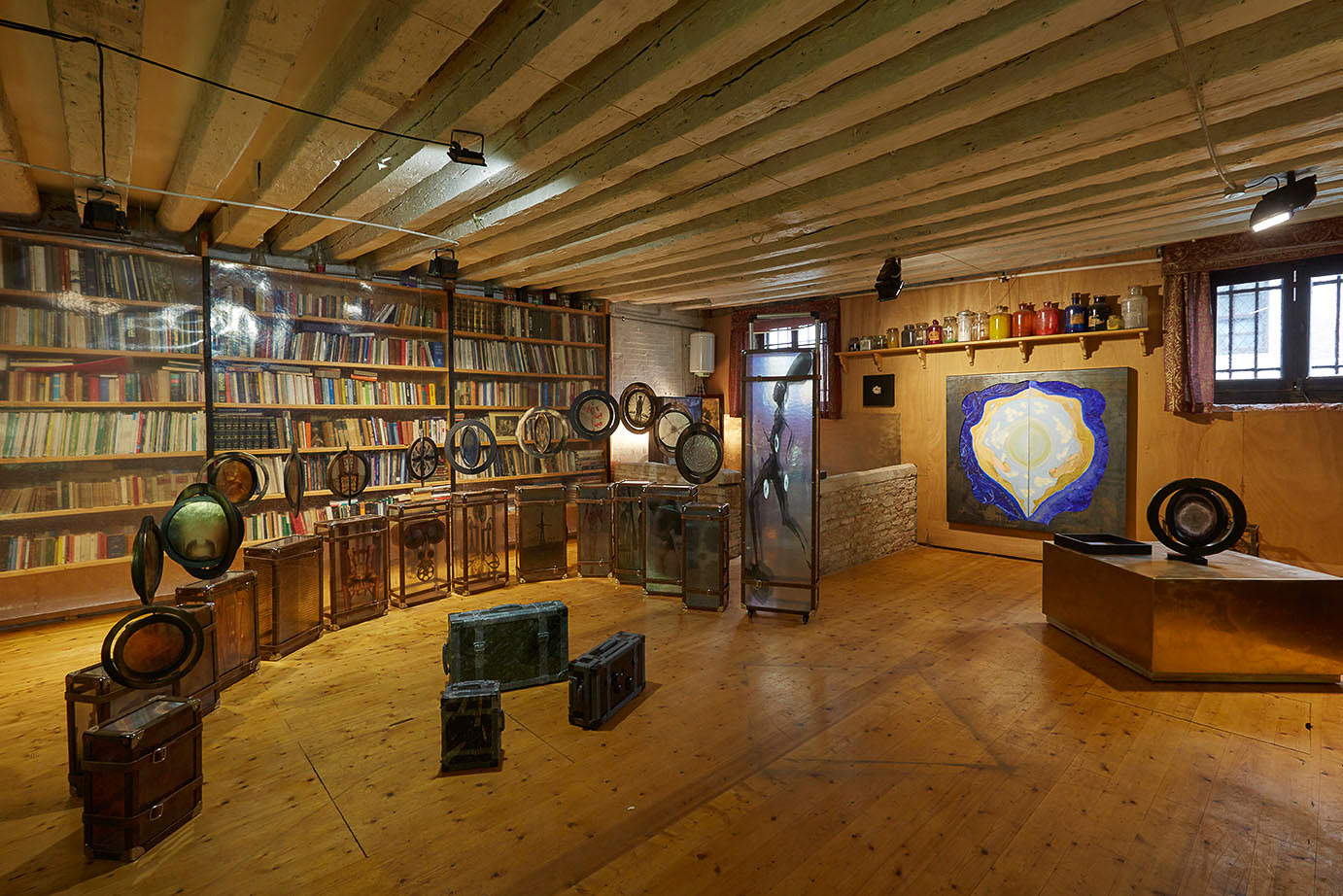
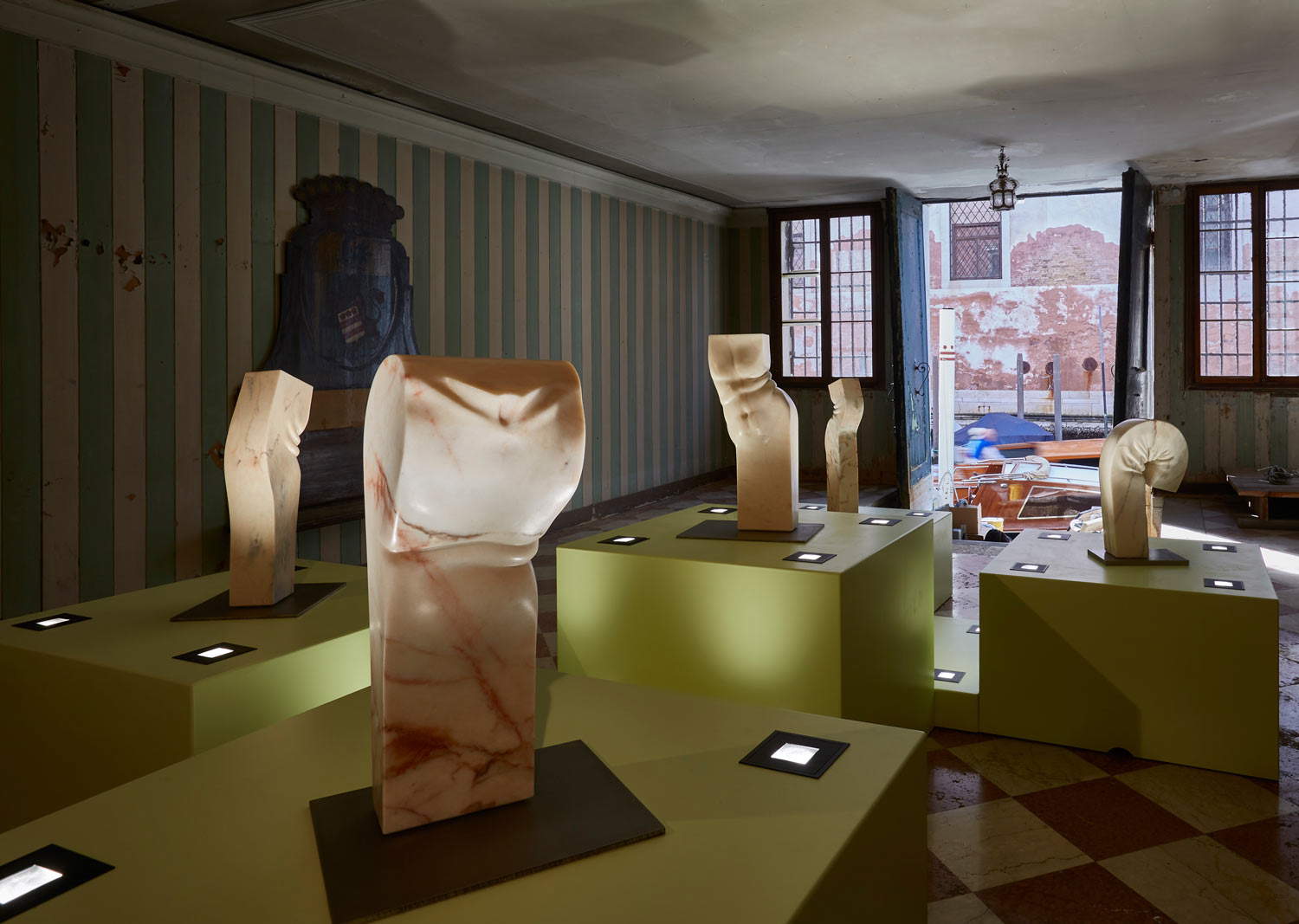
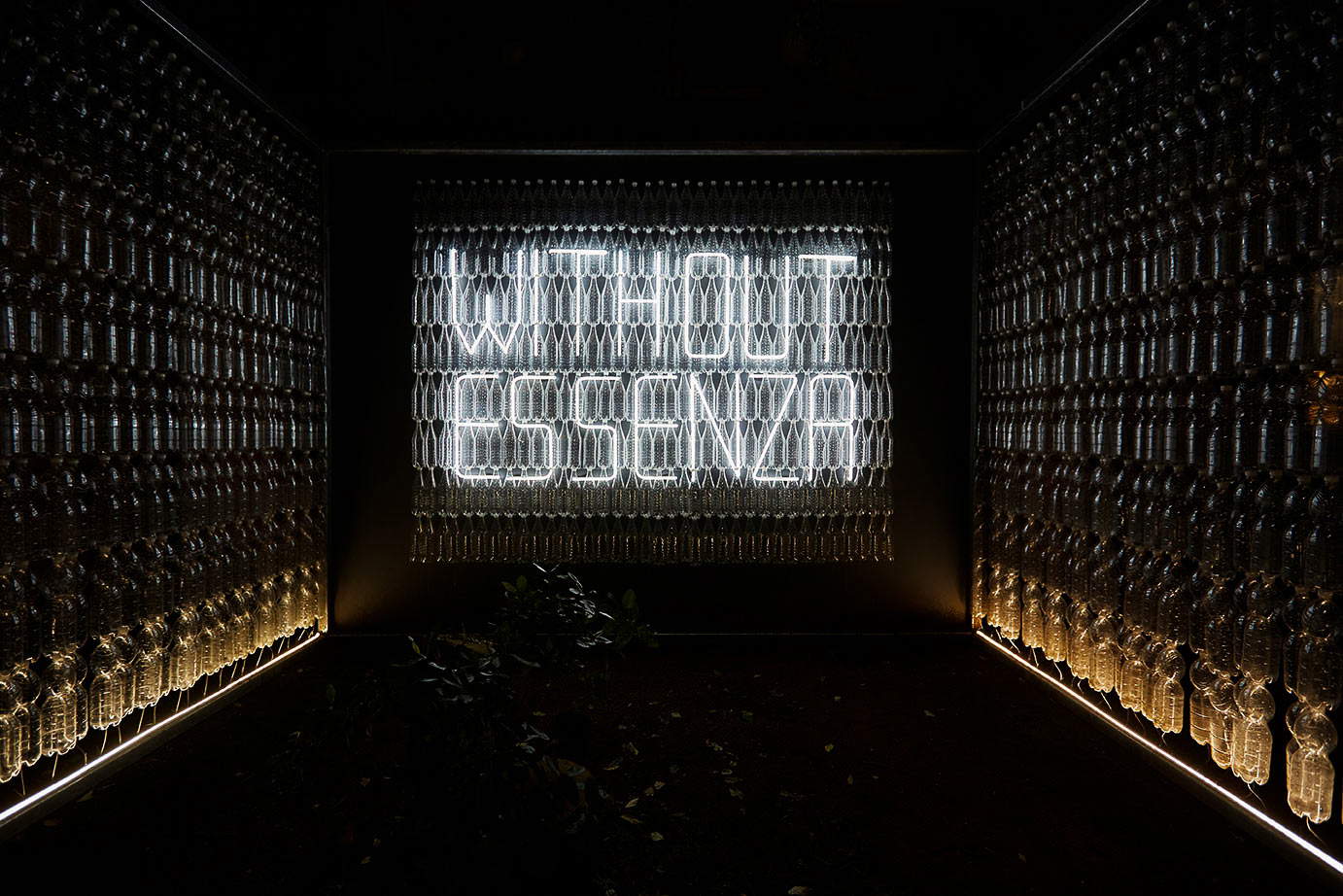
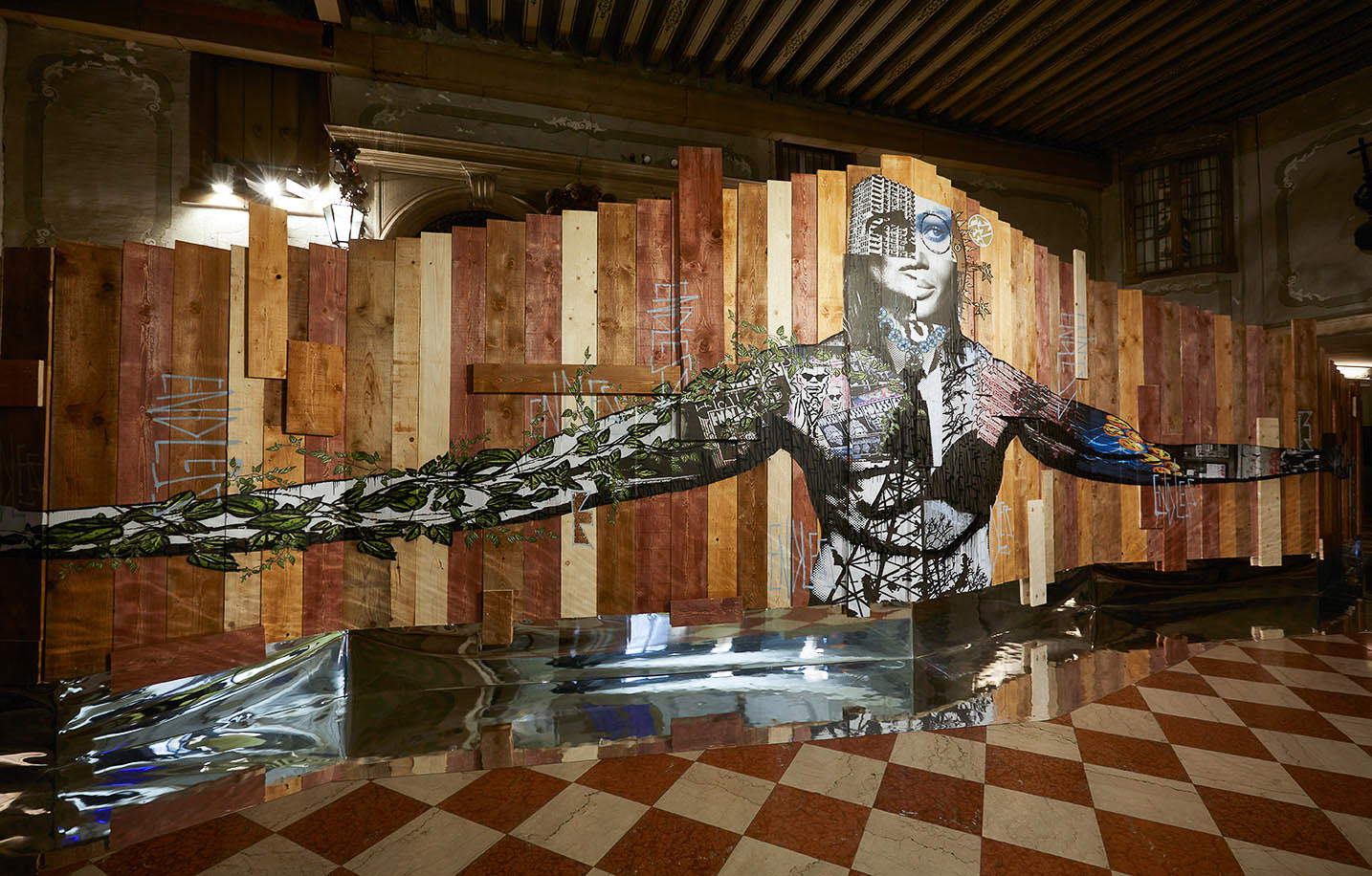

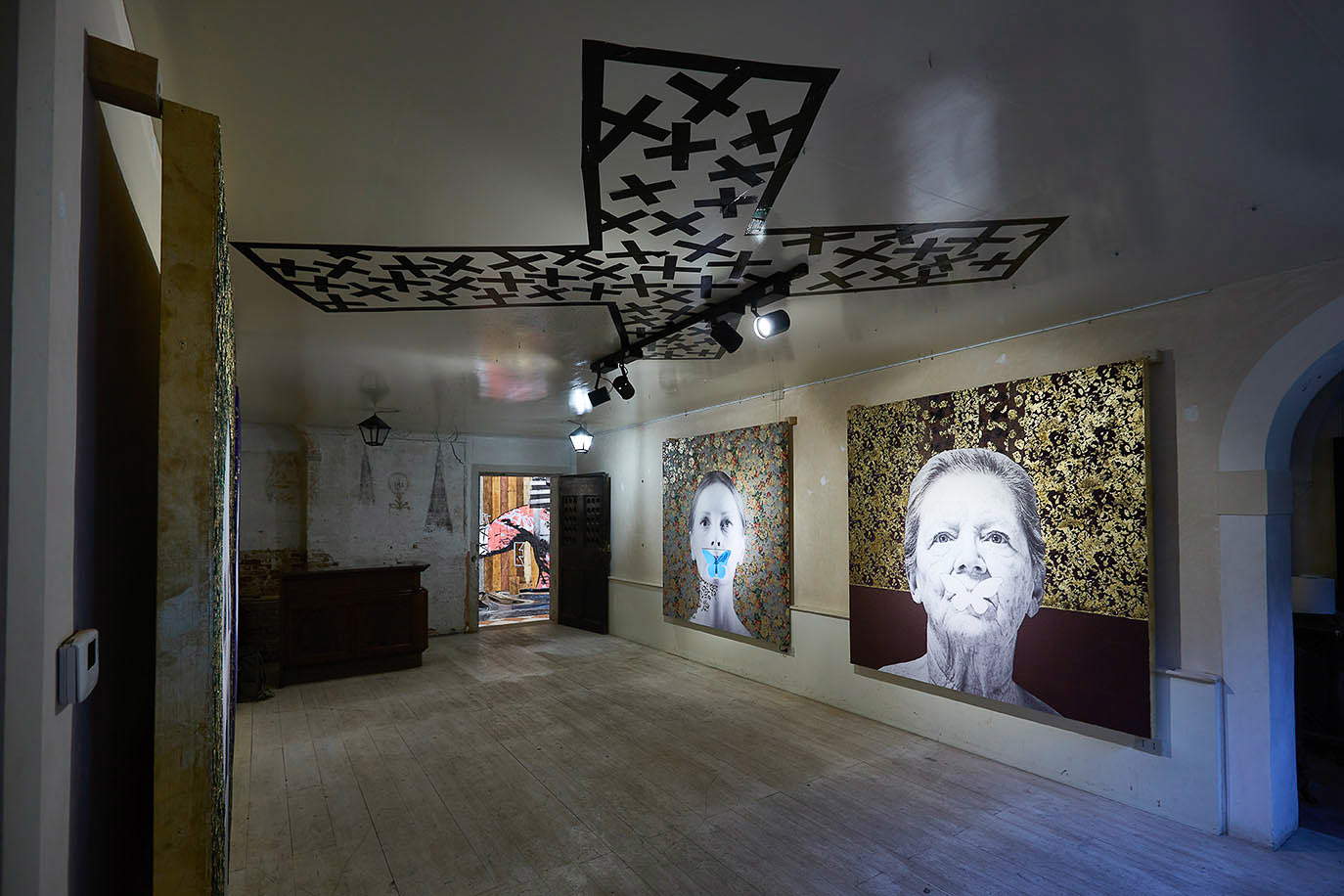
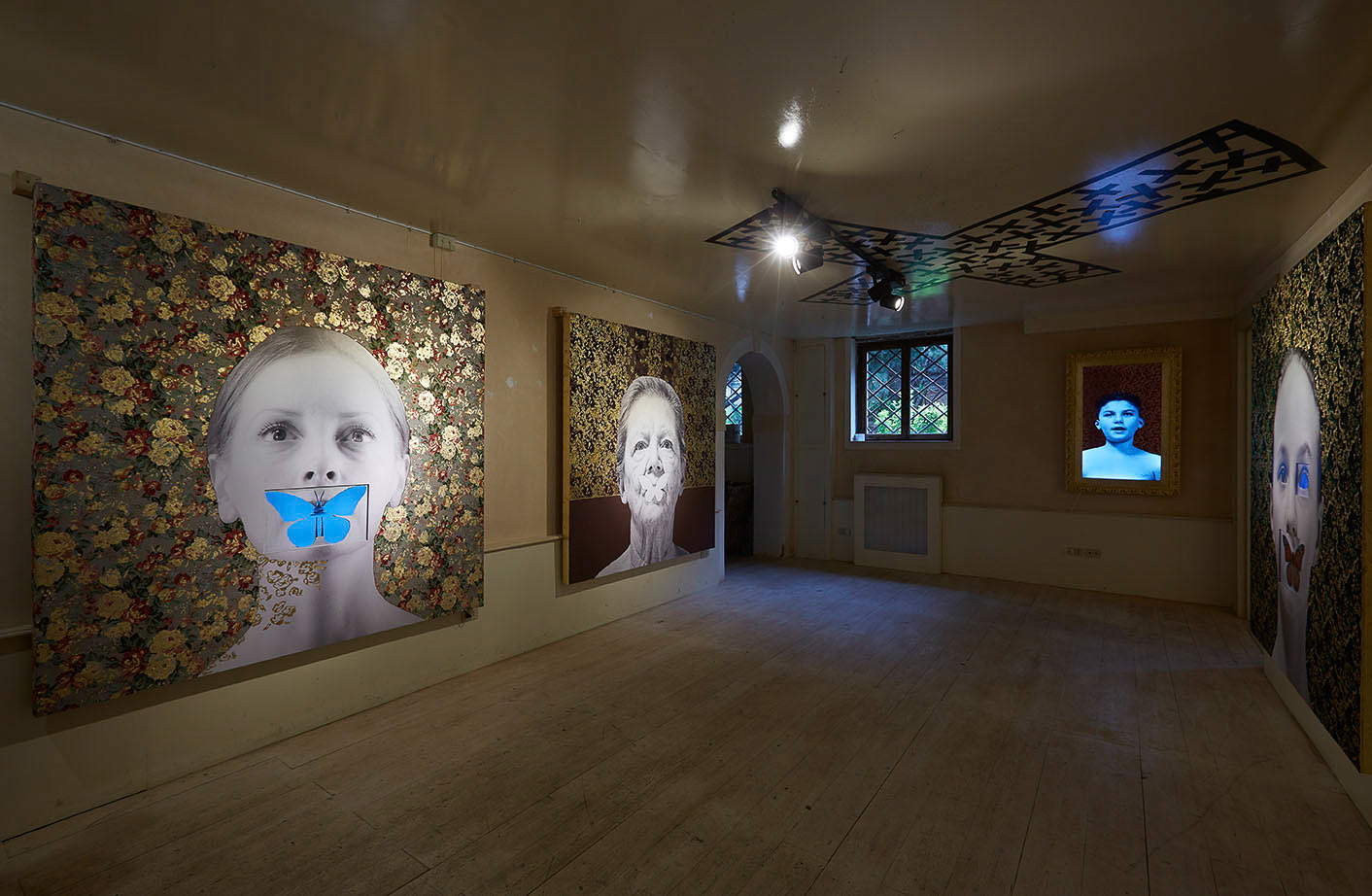
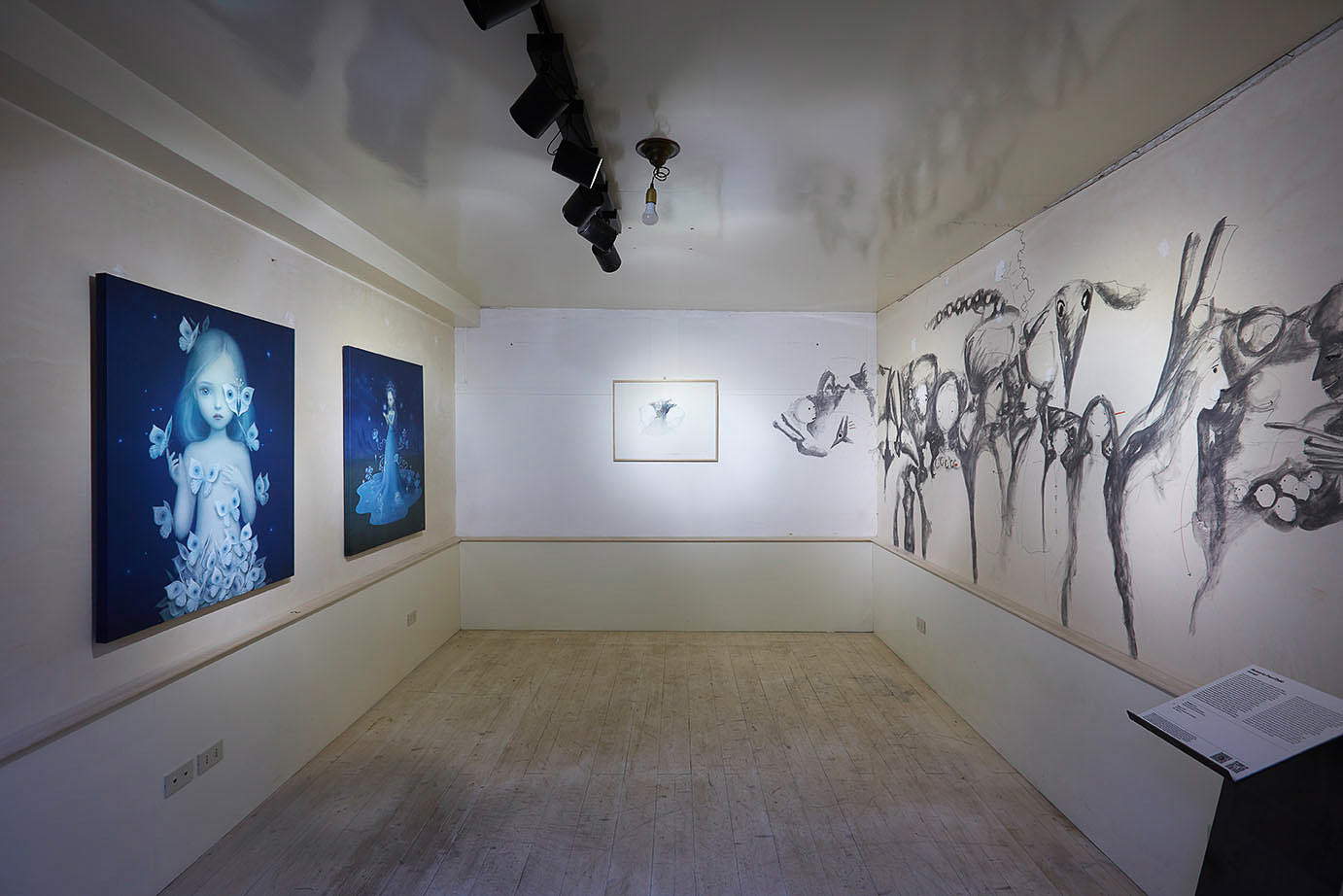
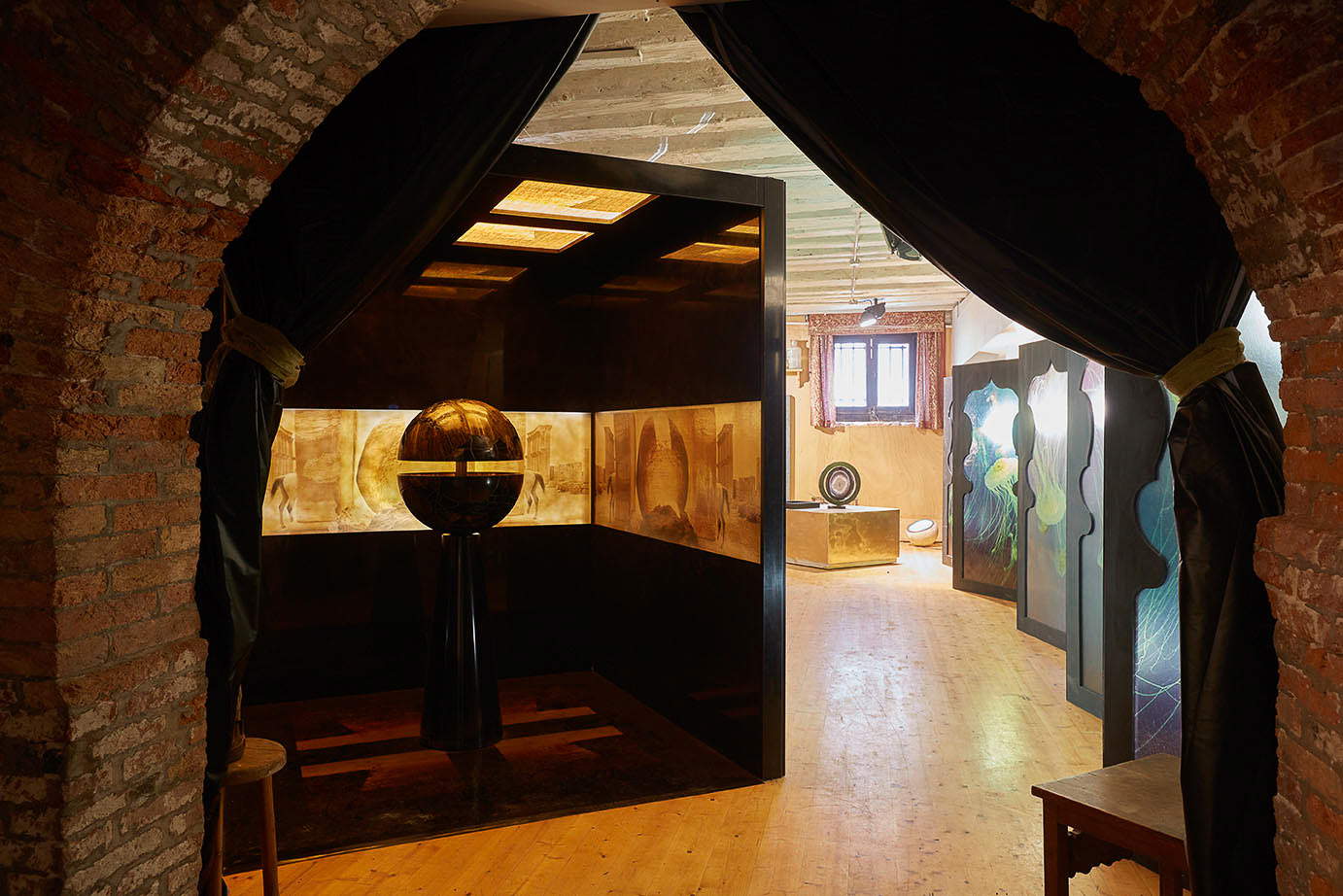
The Posthuman Metamorphic project, explained curator Vincenzo Rotondo (FR Institute of Contemporary Art), was born in August 2021, “from studies conducted in previous years on Posthumanism and Transhumanism. It stems from the awareness of human frailty, but also from the great gift we have, which is the sense of horizon, of depth, the ability to look and go beyond. We have always asked ourselves so many questions: how to extend our lives, how to transform ourselves to adapt to change. Now we have reached a critical point, where Man thinks he can suffice himself and dominate the world. Technology, according to Transhumanism, was born to save human life. Thanks to science and medicine, we have had great advantages in this respect, but to make science and medicine overpower at the expense of the human/nature relationship implies a great risk. Just as it is risky to force and adapt the environment to our own needs-we see it in the drying up of the globe, the melting of glaciers, the change in the Gulf Stream. In fact, the real problem is us, who should be moving toward Nature and finding solutions that allow us to enter into synergy with the environment. The Metamorphic Posthuman that we like to imagine will be able to interact with its Macrocosm of reference, creating new forms of coexistence and transformation.”
“The project of the Pavilion of the Republic of San Marino at the Biennale Arte 2022, welcomed in the prestigious spaces of Palazzo Donà dalle Rose, is characterized by being a project with an international flavor thanks to the participation of both San Marino and foreign artists,” says the Secretary of State for Culture of the Republic of San Marino, Andrea Bellluzzi. “San Marino is represented there by the hubs of its culture, its artists and its University. The country is pursuing a path of increased focus on art and cultural initiatives as attractive elements that will help bring attentive visitors to our country. The reason that made me lean toward the collaboration with FR Istituto d’Arte Contemporanea and its partner Cris Contini Contemporary is that the project will have a spillover effect on the San Marino territory during and after the Biennial: the artists present at the event will in fact bring their installations and performances to the Republic of San Marino as well.”
“The Pavilion,” says Commissioner Riccardo Varini, “hosts contributions from San Marino, Italian, French and British artists, to promote the Sistema Paese through contemporary art, with a view to international comparison and openness. In response to the solicitations of the artistic director of the Biennale Arte 2022, Cecilia Alemani, the choice was made to explore the proposed theme (body and metamorphosis, the relationship between individual/technology and individual/nature) on different levels: from language to reflection on the present, up to the work of art in its making. Palazzo Donà dalle Rose, the venue of the exhibition, exemplifies this concept. It itself represents different dimensions and souls, material and immaterial, that are handed down from the past and merge in the present, combining the permanence of the ancient city with the innovative vision of the modern one.”
 |
| Posthuman Metamorphic: the San Marino Pavilion at the Venice Biennale 2022 |
Warning: the translation into English of the original Italian article was created using automatic tools. We undertake to review all articles, but we do not guarantee the total absence of inaccuracies in the translation due to the program. You can find the original by clicking on the ITA button. If you find any mistake,please contact us.